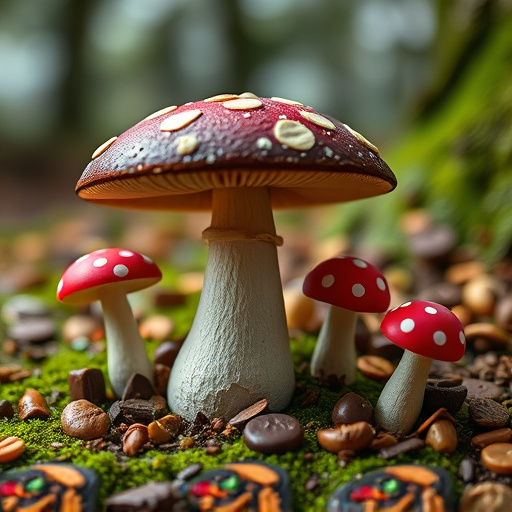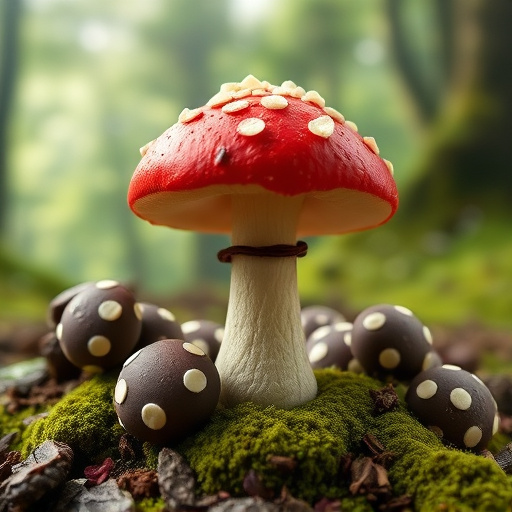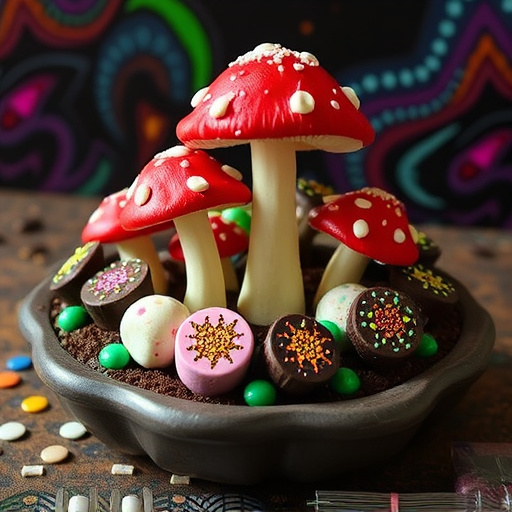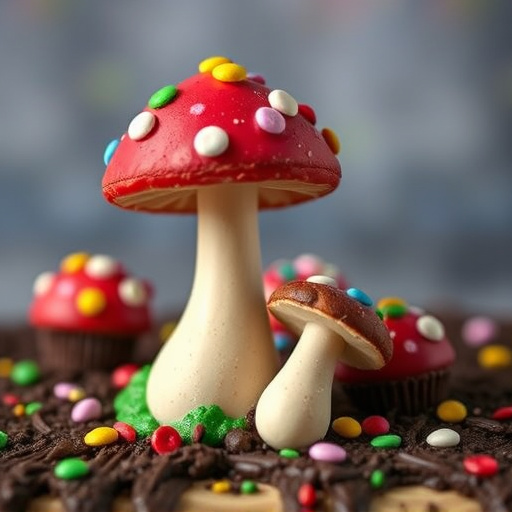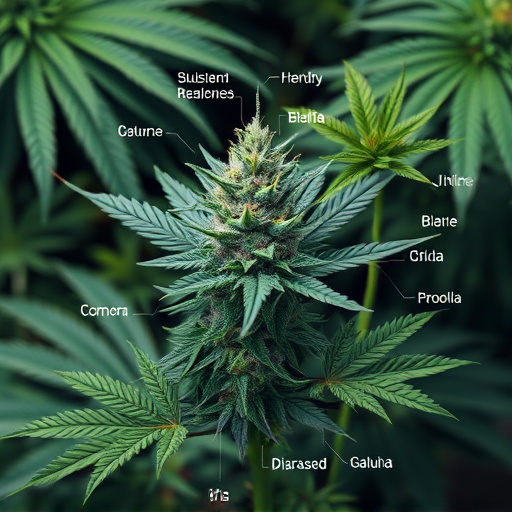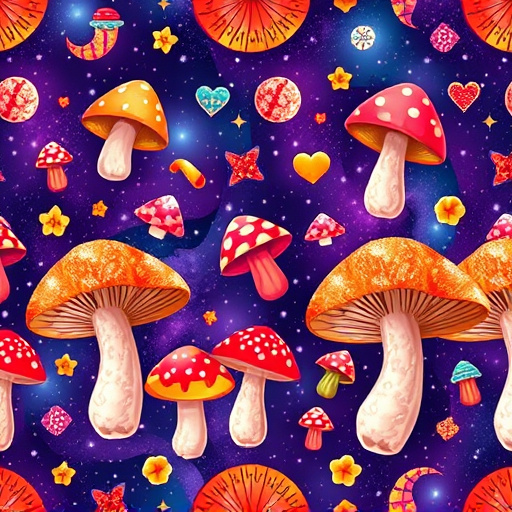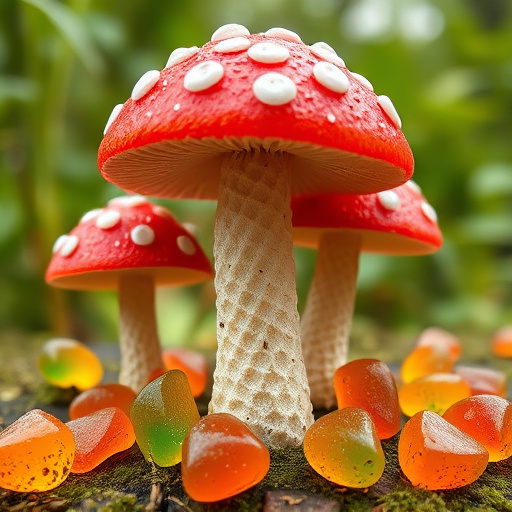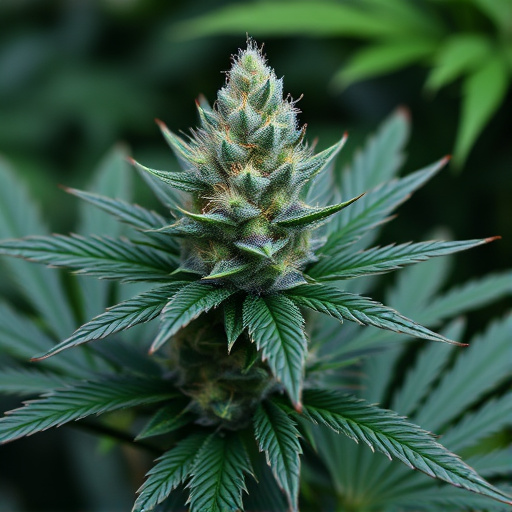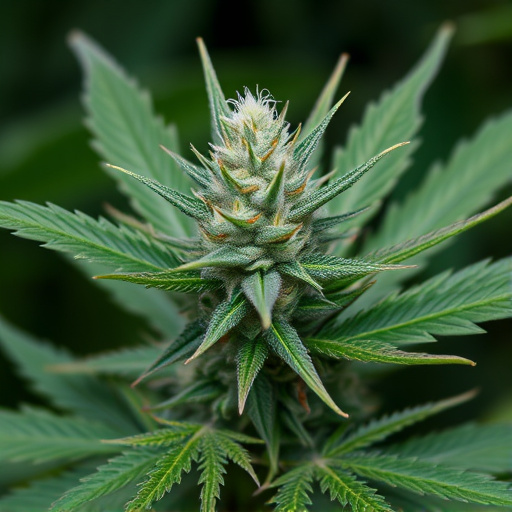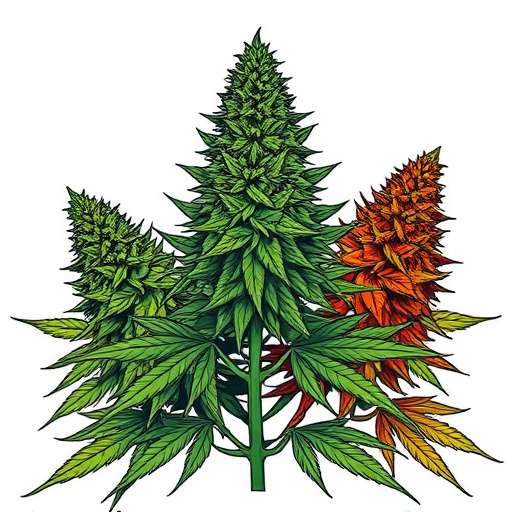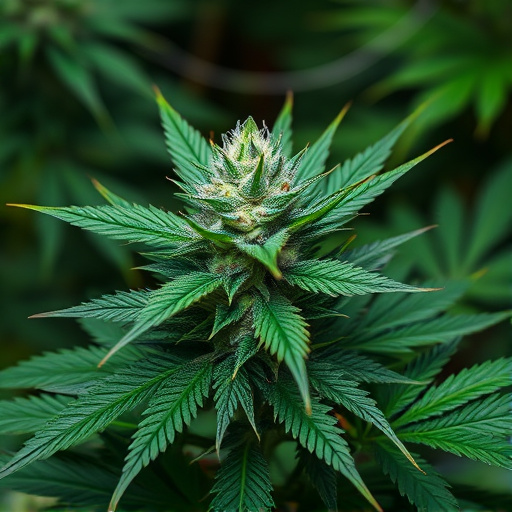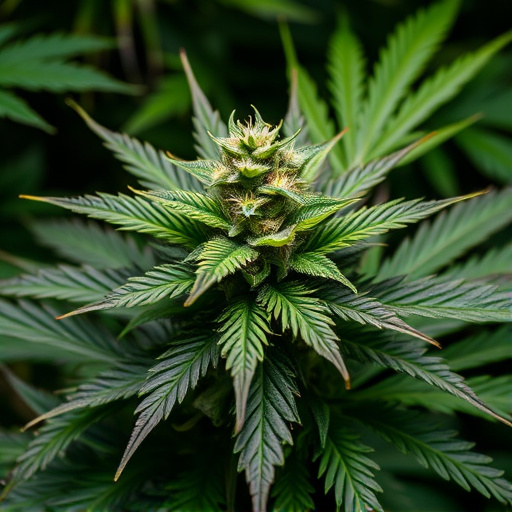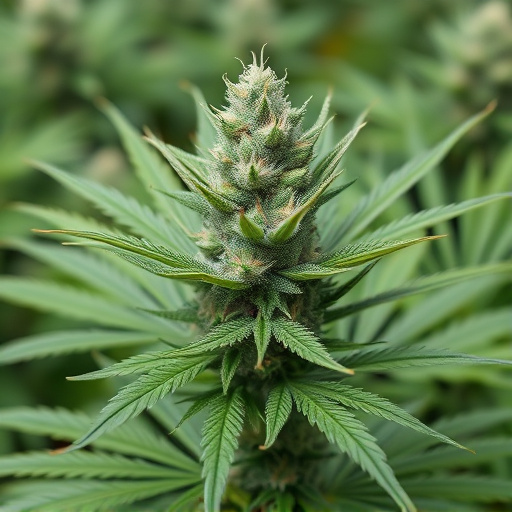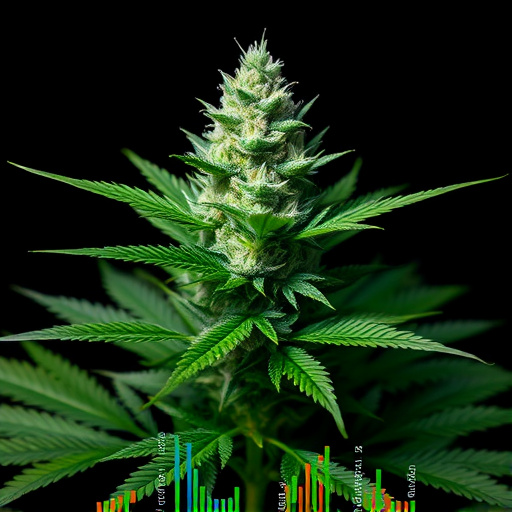Exploring alternative smoking methods for sativa cannabis strains reveals a world beyond traditional combustion. Burning dried flowers releases a full spectrum of cannabinoids, while vaping heats oil, preserving delicate terpenes and offering precise dosage control. Edibles and topicals provide unique experiences, catering to diverse preferences. Vaporizers gently heat cannabis, preserving aroma and flavor, allowing individuals to enjoy the invigorating effects of sativa without smoke's harshness.
In the realm of cannabis consumption, understanding diverse smoking methods offers a nuanced approach to experiencing sativa cannabis strains. This article delves into the intricate details of several techniques, focusing on their unique characteristics and effects. From burning to vaping, edibles to topicals, each method presents a distinct journey through the sensory landscape of sativa cannabis. Uncover the nuances that set these practices apart, catering to various preferences while enhancing the overall experience.
- Burning vs. Vaping: Exploring Heat Sources and Their Effects on Sativa Cannabis Strains
- Edibles and Topicals: Alternative Consumption Methods for Sativa Cannabis Relaxation
- Smoke vs. Aroma: Comparing the Sensory Experiences of Different Smoking Techniques
Burning vs. Vaping: Exploring Heat Sources and Their Effects on Sativa Cannabis Strains
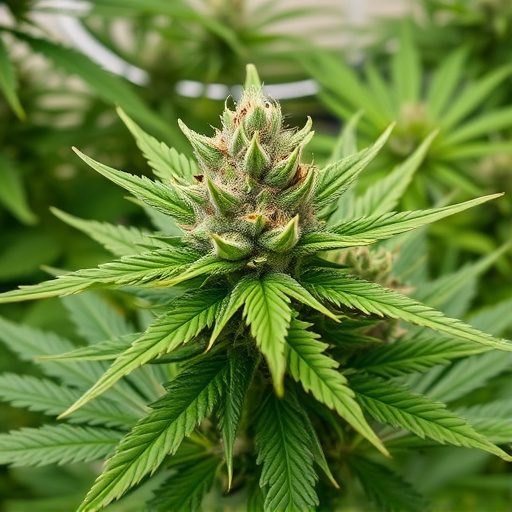
When it comes to smoking methods, understanding the heat source and its interaction with different cannabis strains is key to a nuanced experience. Burning and vaping represent two distinct approaches with unique effects on sativa cannabis strains. Traditional burning involves igniting dried cannabis flowers, releasing a range of compounds through combustion. This method offers a full-spectrum experience, delivering both well-known cannabinoids like THC and CBD, along with terpinols and other aromatic terpenes that contribute to the strain’s flavor profile.
Vaping, on the other hand, heats cannabis oil instead of burning the plant material directly. This process preserves more of the delicate terpenes and offers a smoother, cleaner hit. For sativa strains known for their invigorating and cerebral effects, vaping can enhance the experience by allowing for a more precise dosage control, providing users with a more nuanced interaction with the plant’s unique chemical makeup.
Edibles and Topicals: Alternative Consumption Methods for Sativa Cannabis Relaxation
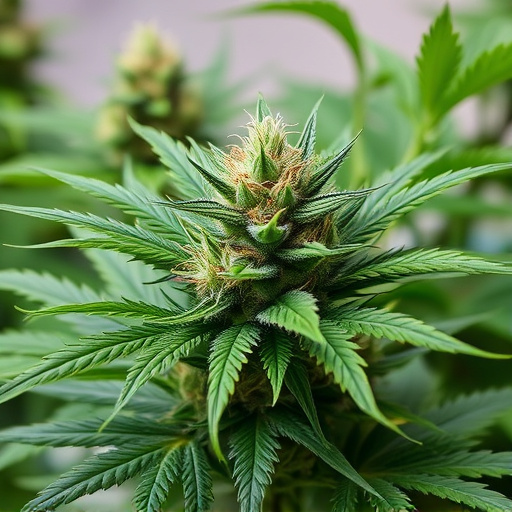
The world of cannabis consumption extends beyond traditional smoking methods, offering alternative approaches for those seeking unique experiences with sativa cannabis strains. Edibles and topicals have gained significant popularity as innovative ways to enjoy the therapeutic benefits and relaxing effects of these plants. When it comes to relaxation, many opt for edibles, which deliver a gentle yet potent high when consumed orally. These foods, infused with cannabis extracts, allow users to experience the full spectrum of sativa’s effects, known for their uplifting and energizing properties, without the harshness of smoke.
Topicals, on the other hand, provide a localized relaxation experience. Creams, salves, and oils infused with cannabis can be applied directly to the skin, offering targeted relief for muscle tension or stress-related discomfort. Unlike edibles, topicals do not produce a psychoactive high, making them an appealing option for those seeking a calming effect without altering their mental state. These alternative consumption methods cater to diverse preferences, allowing individuals to explore the relaxing attributes of sativa cannabis strains in a more tailored and personalized manner.
Smoke vs. Aroma: Comparing the Sensory Experiences of Different Smoking Techniques
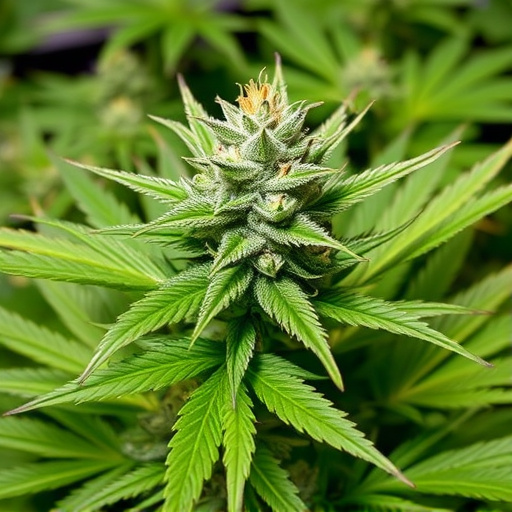
When it comes to smoking cannabis, the distinction between smoke and aroma is a nuanced one that significantly influences the sensory experience. Different smoking techniques, such as those used for sativa cannabis strains, can dramatically alter how users perceive the plant’s unique characteristics. While smoke refers to the visible particles released during combustion, aroma encompasses the complex blend of volatile compounds that contribute to the strain’s scent and flavor profile.
For instance, vaporizers, a popular method for enjoying sativa strains, produce minimal smoke by heating cannabis to release its active compounds without burning. This technique preserves the delicate terpenes responsible for the plant’s aromatic diversity, offering users a more nuanced and flavorful experience compared to traditional smoking methods. In contrast, smoking techniques like joints or blunts, though widely used, often burn the herb at higher temperatures, leading to a stronger smoke output but potentially masking some of the sativa strain’s subtle aroma notes.
In comparing various smoking methods, from burning to vaping and beyond, it’s clear that each technique offers a unique experience for consuming sativa cannabis strains. Burning provides a traditional method with immediate effects, while vaping allows for more control and a purer taste. Edibles and topicals offer alternative paths to relaxation without smoke inhalation. Ultimately, the ideal method depends on personal preference, desired effects, and health considerations, enabling consumers to navigate and enjoy the diverse world of sativa cannabis consumption.
